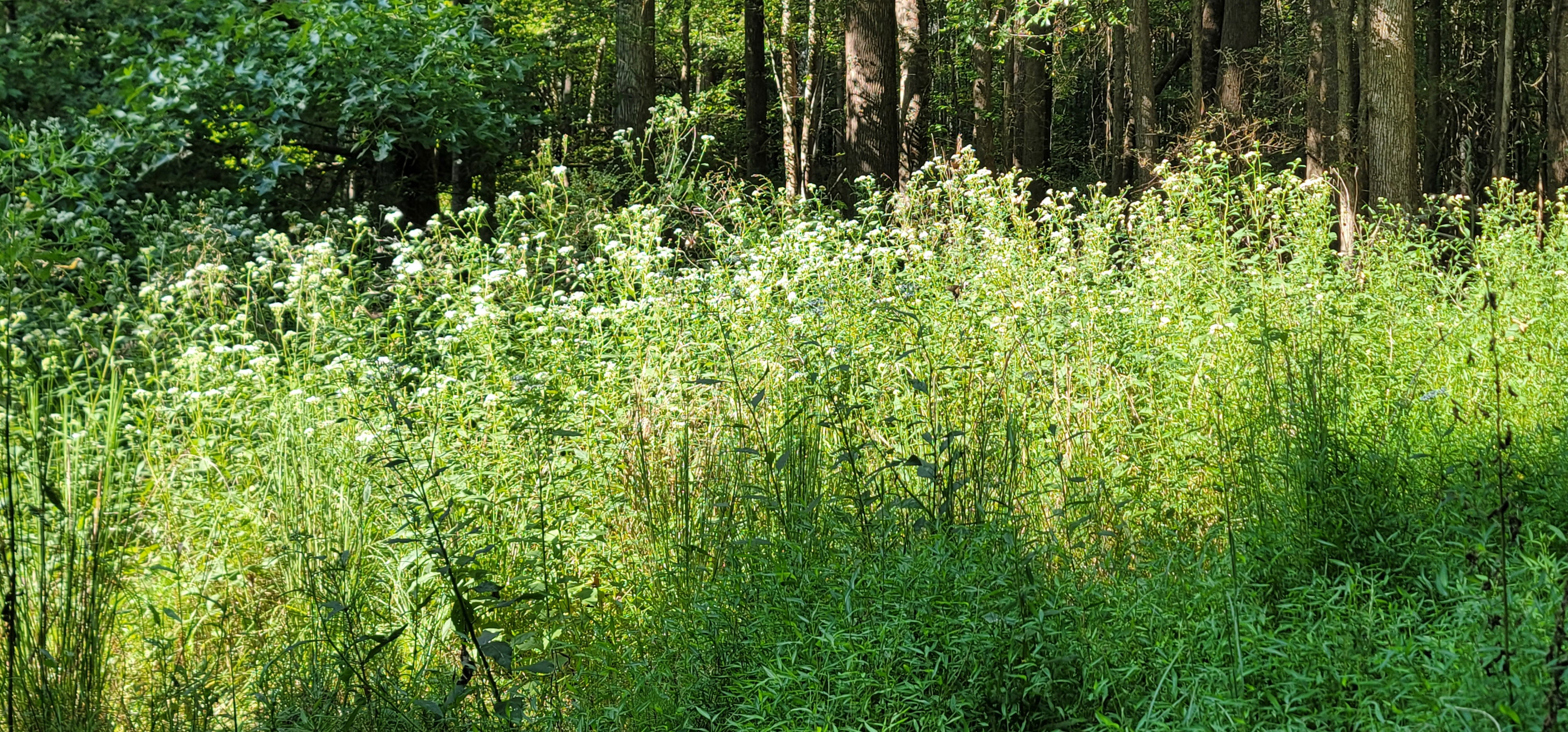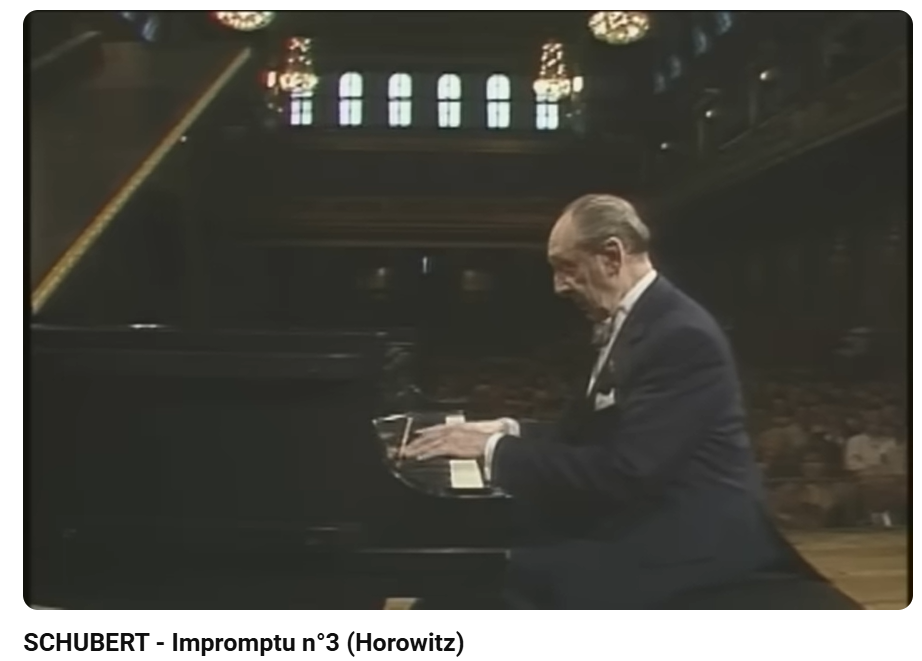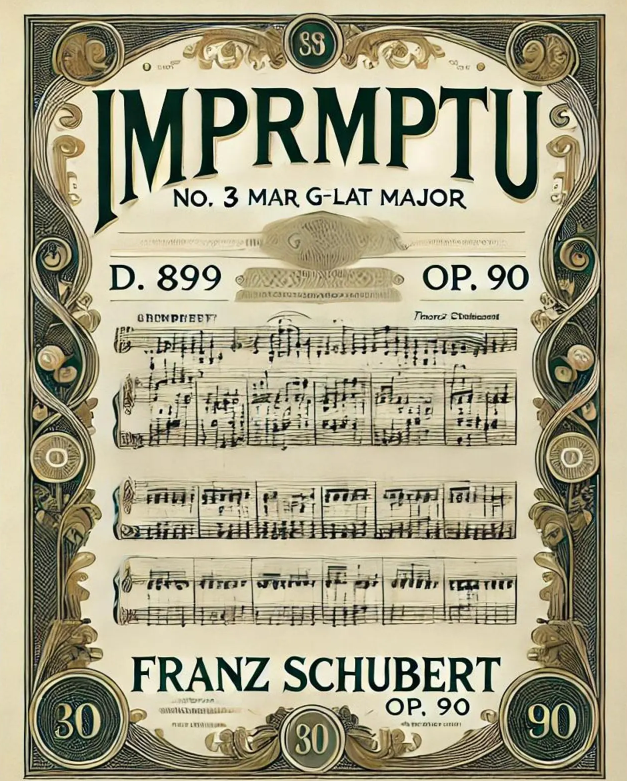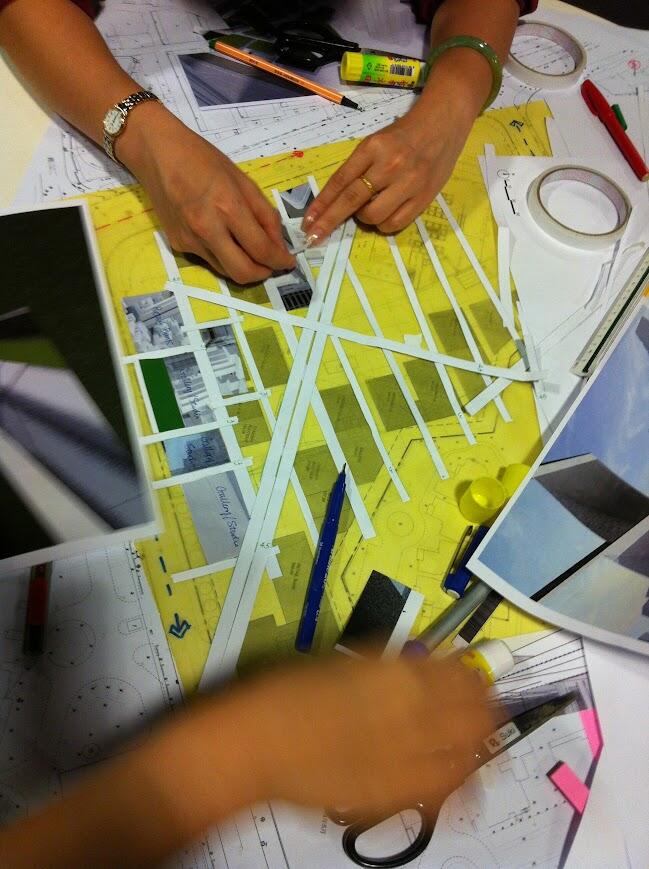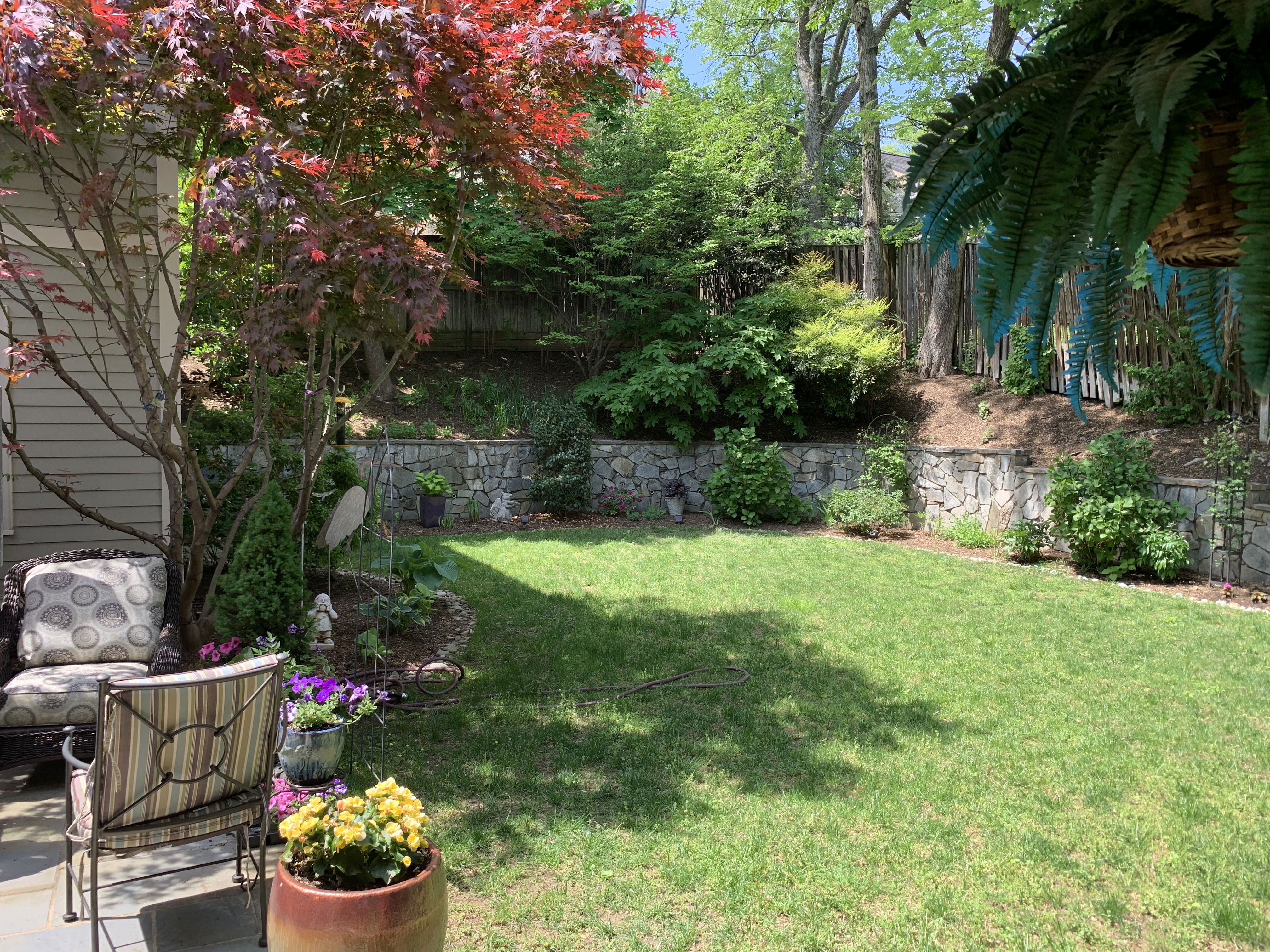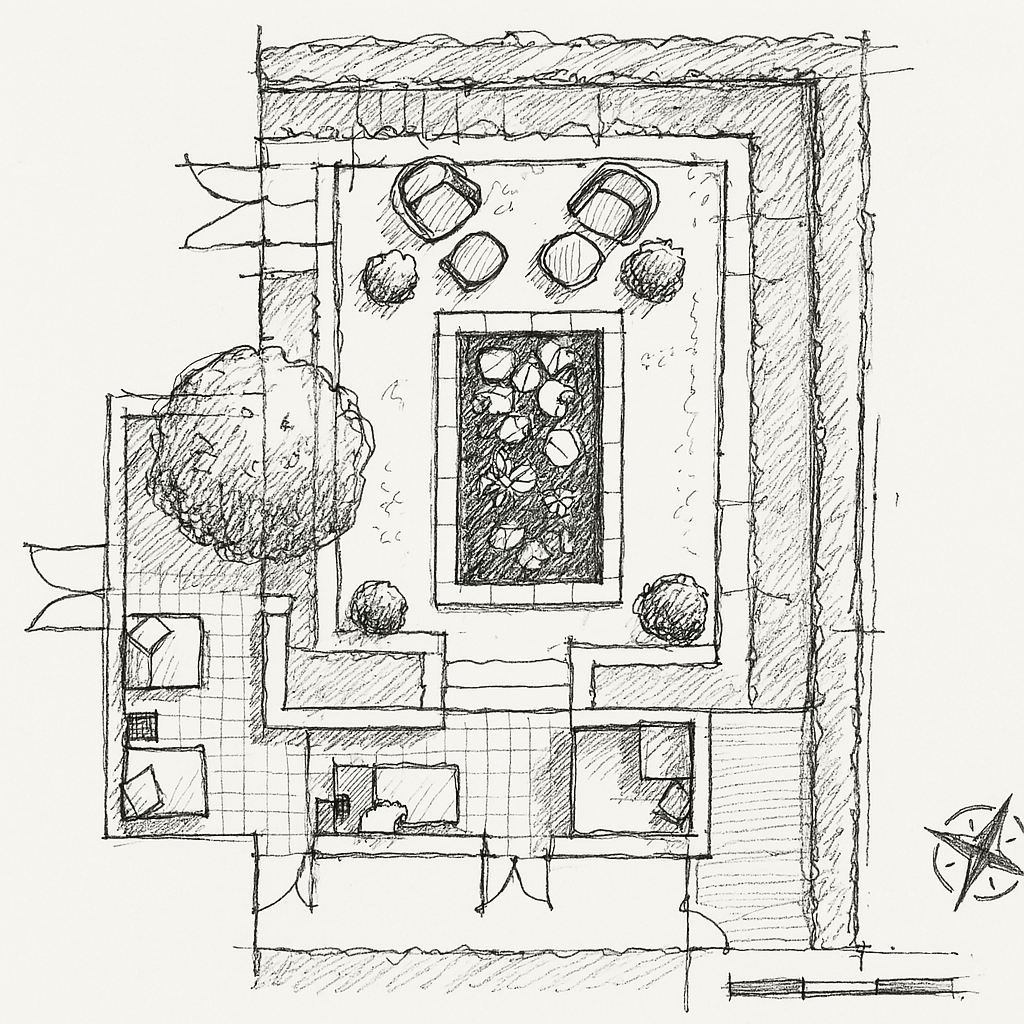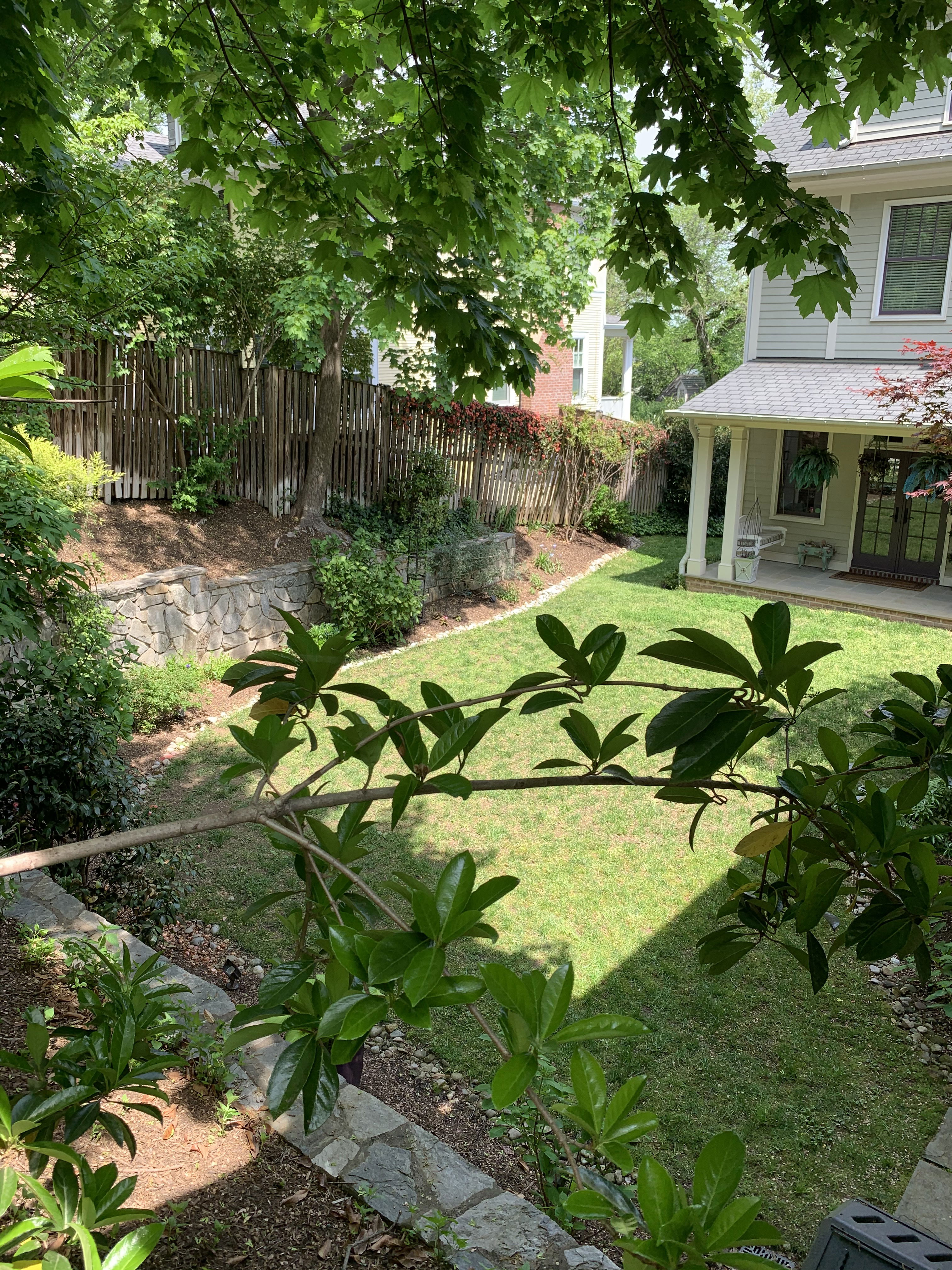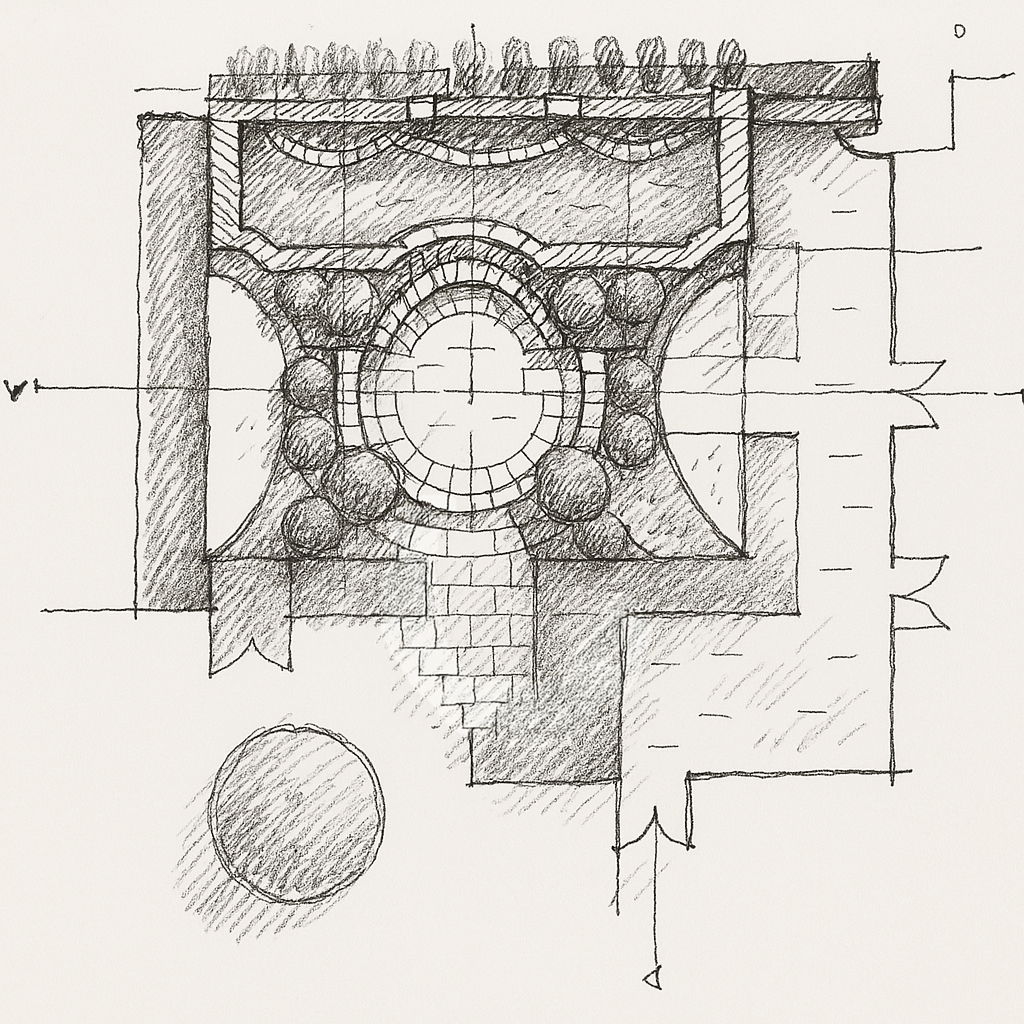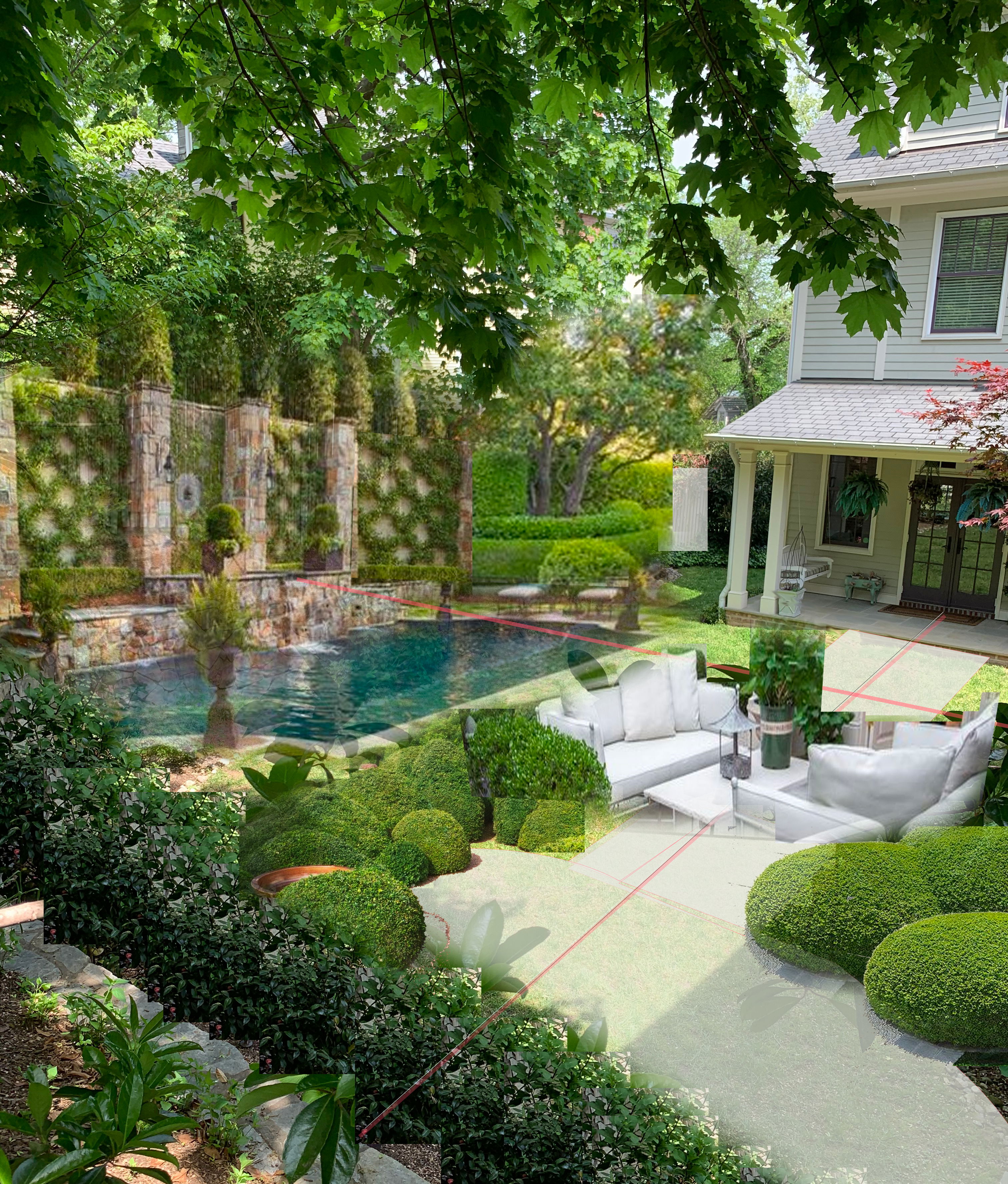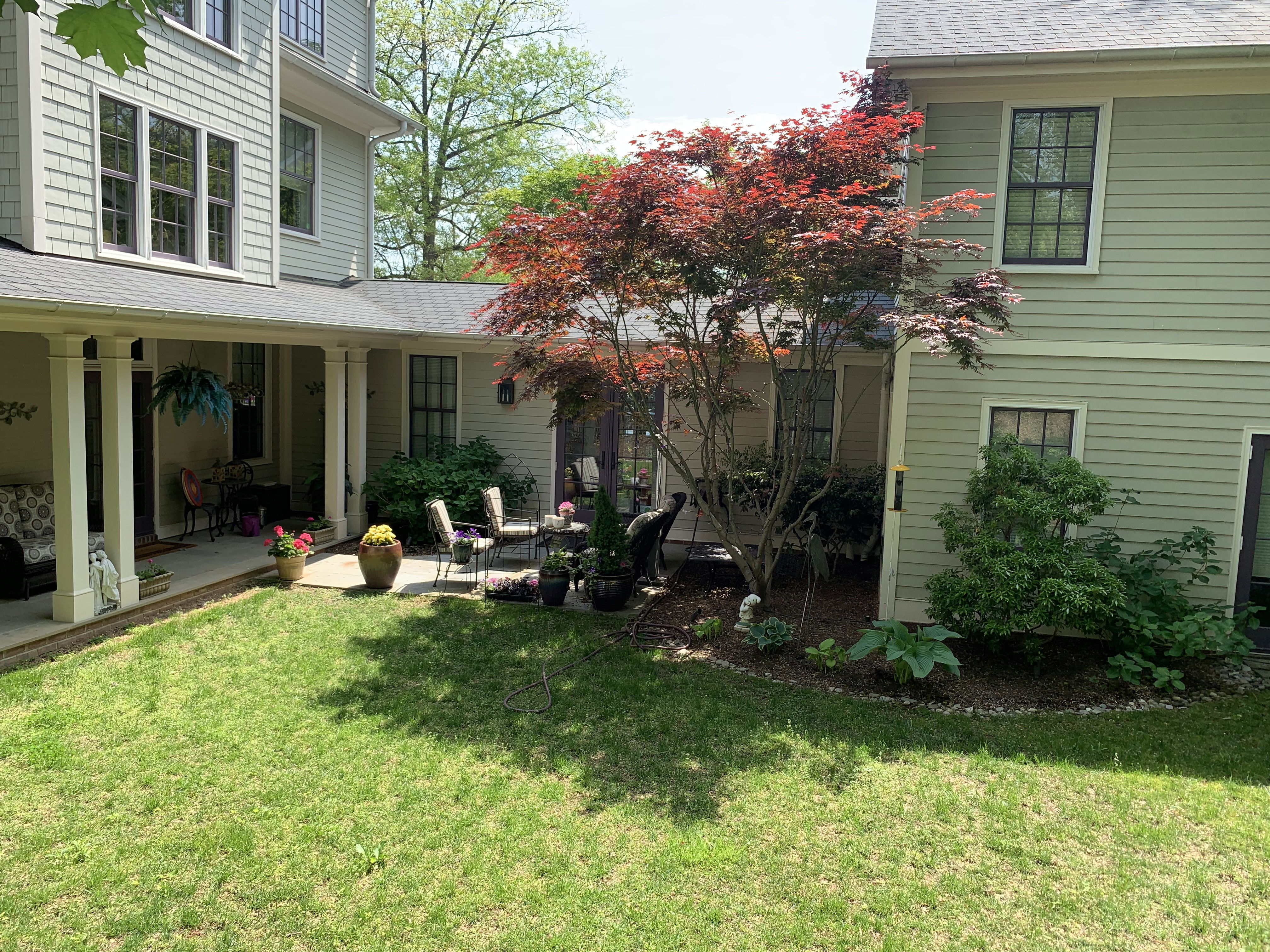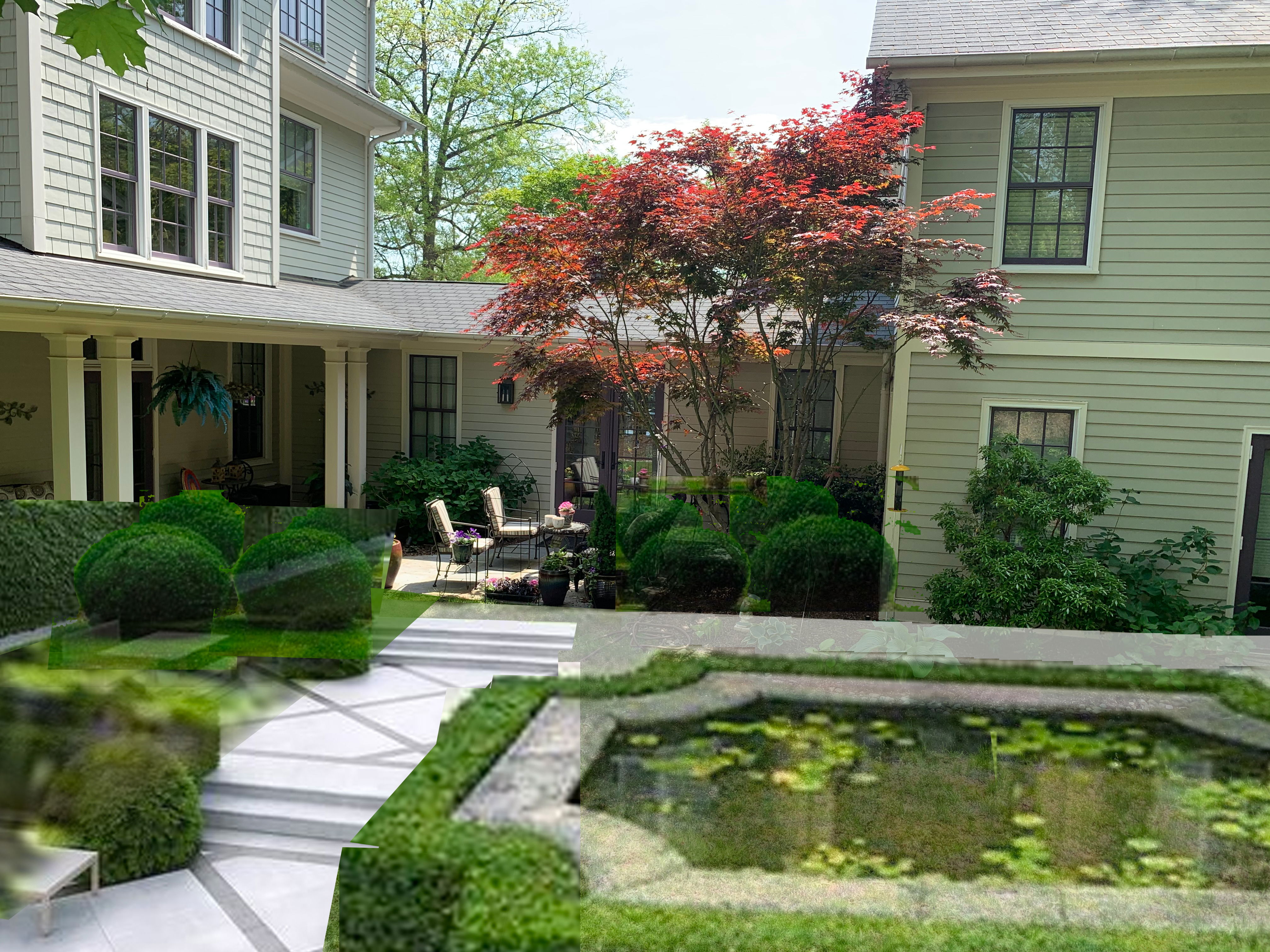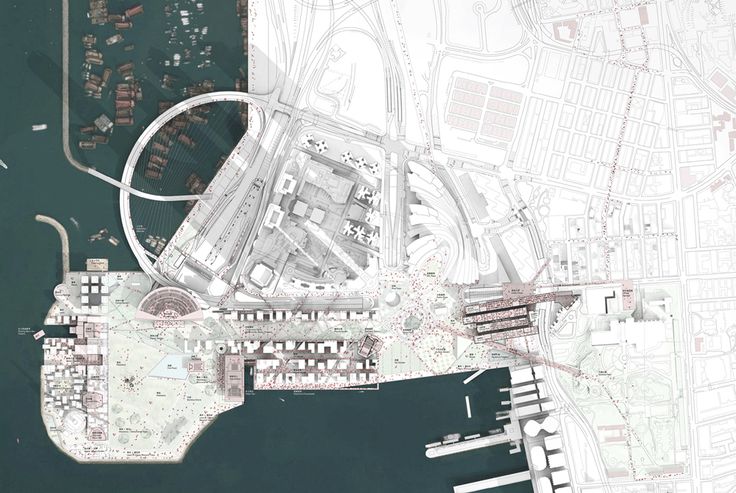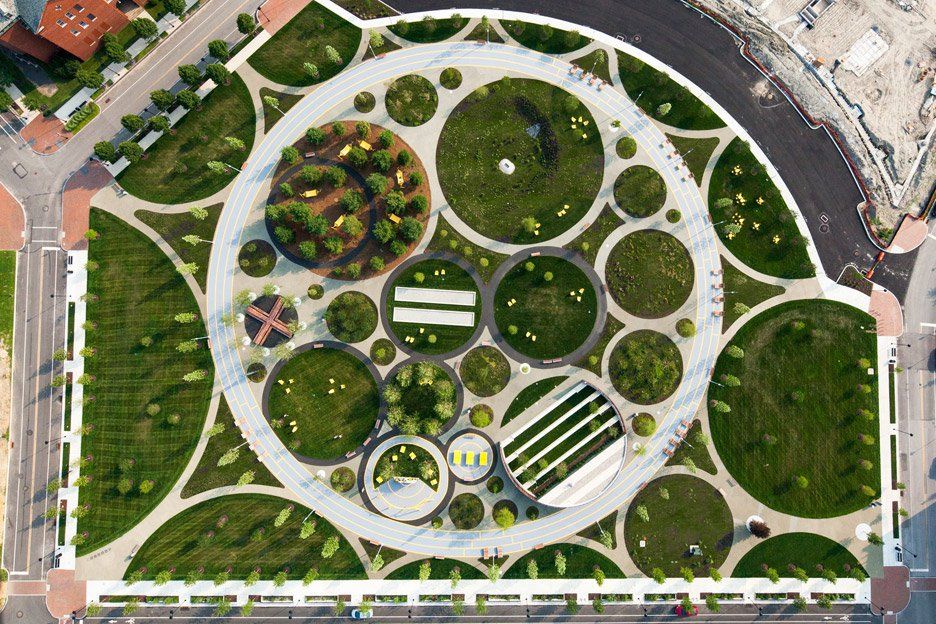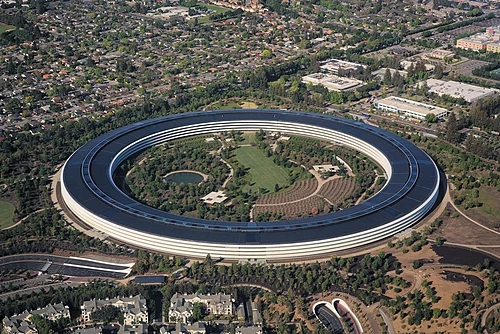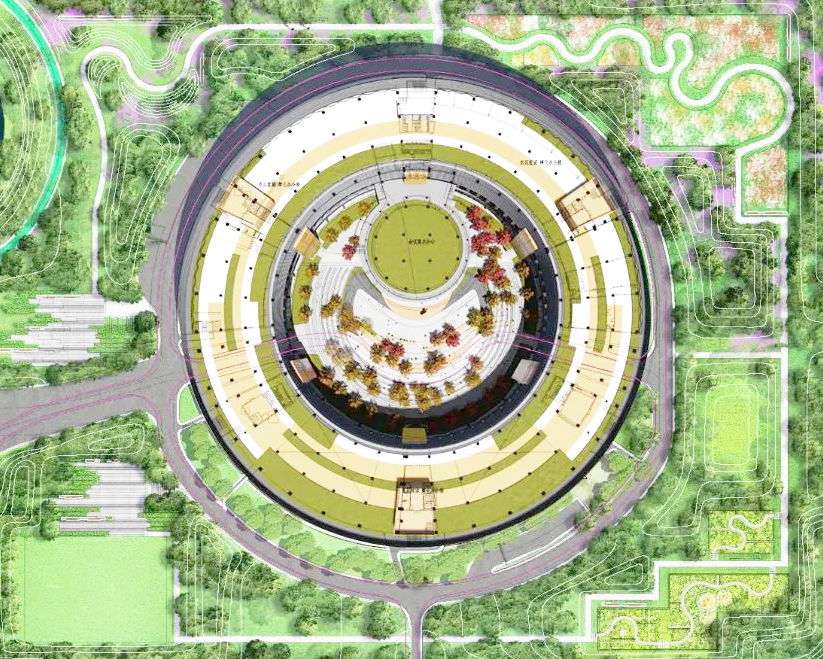Every place has a heartbeat, but not every heartbeat is designed by landscape architects or funded by large investments. Sometimes, it’s the social elements — the participation of people, the fluidity of usage, the open invitation for interaction — that create the most powerful and unique “successful public place” for a city’s rhythm. Today, let’s explore two very different cases:
- The Fourth Plinth at Trafalgar Square in London,
- A riverfront alley in Vientiane, Laos.
Both demonstrate how community engagement, rather than traditional design alone, builds an evolving identity for public spaces.
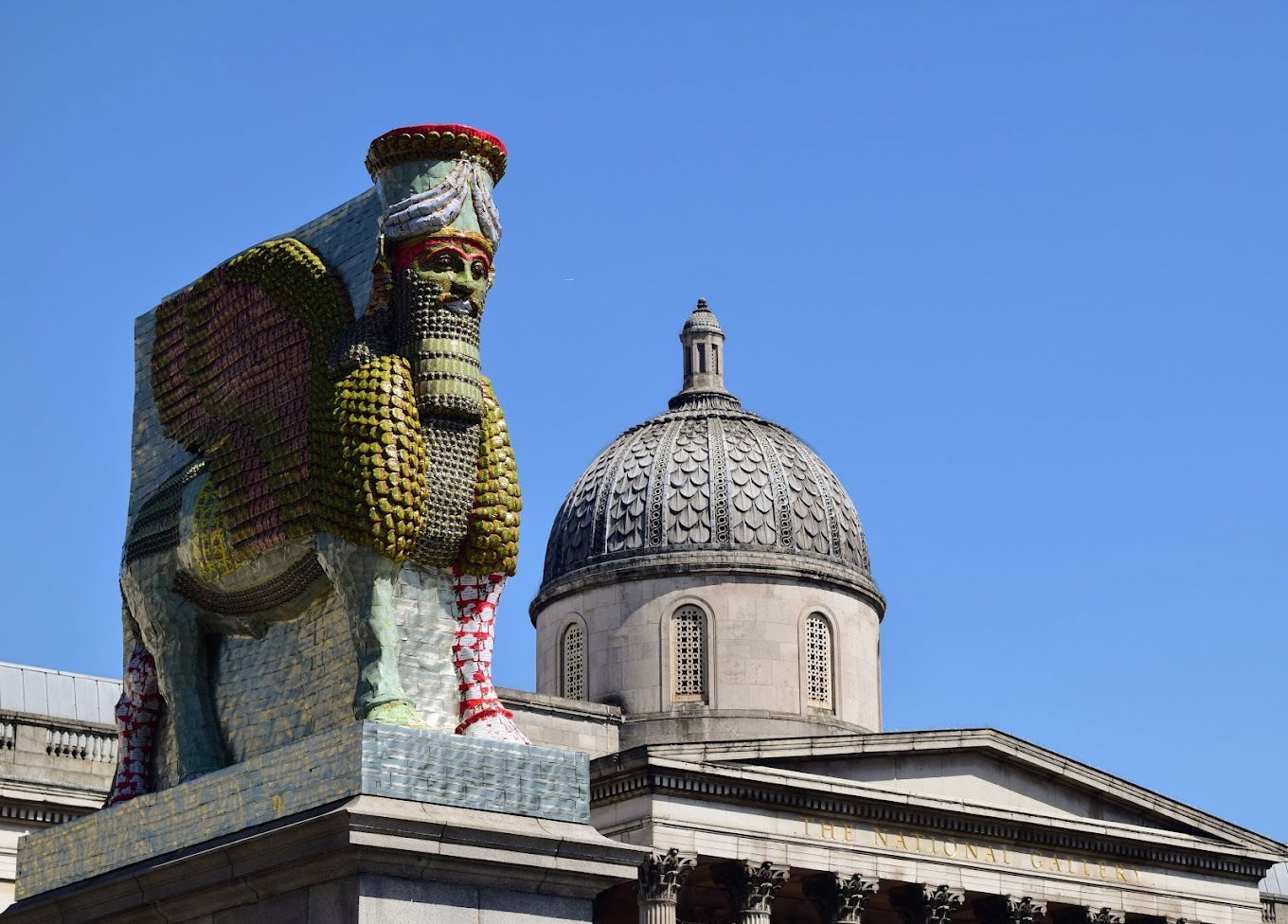
1. The Fourth Plinth, Trafalgar Square, London, England:
A Stage for Public Dialogue
The Fourth Plinth at Trafalgar Square is a fascinating case of intentional incompletion. Originally intended to host an equestrian statue, the plinth remained empty due to lack of funds — and it stayed that way for decades. But rather than filling it permanently, the British government and art institutions turned this "void" into a stage for ever-changing contemporary art commissions. Each new sculpture placed on the plinth reflects different social values, political commentary, humor, or even provocation — chosen through a public and governmental process. What makes the Fourth Plinth powerful is not just the objects themselves, but the act of change.
- Expectancy: Londoners and visitors know it will change — the void is part of the identity.
- Dialogue: Each piece sparks conversations among the public, connecting art with civic life.
- Flexibility: The space stays alive because it adapts with time, reflecting society’s evolving thoughts.
The plinth became not just a “location” but a living pulse of London’s culture. (image from Stephan Damon)
In this case, it was the very nature of changeability that became the driving force behind placemaking
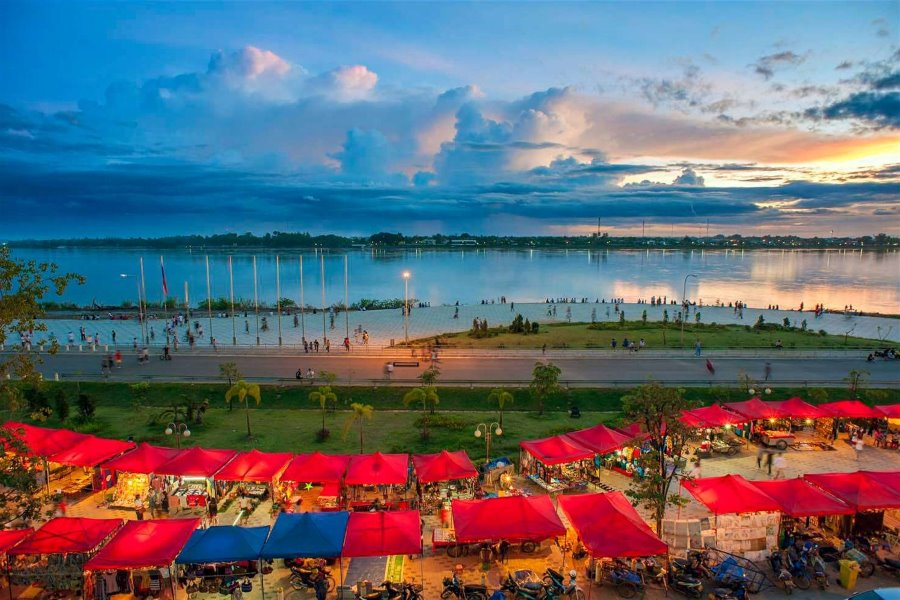
2. Riverfront Alley, Vientiane, Laos:
The Power of Everyday Life
By contrast, the riverfront in Vientiane tells a humbler, but equally inspiring story.
Along the Mekong River, there is no extravagant design intervention. No grand architecture, no million-dollar plaza construction. Instead, a simple, long alley along the riverbank organically evolved into a vibrant community space.
- Local vendors set up small stalls selling food, clothes, and handmade goods.
- Families, tourists, and neighbors stroll the alley as the sunset colors the river.
- Without any master-planned features, the participation of people created a human-scaled, lively landmark.
The beauty lies in its imperfection:
- Spontaneity: Each visit offers slightly different sights and smells, depending on who sets up that day.
- Accessibility: No barriers between "designer" and "user" — everyone shapes the atmosphere together.
- Identity: Though visually modest, the alley carries the authentic rhythm of Vientiane’s daily life.
Here, the community's presence and repetition built a recognizable and beloved place. (image from Asia King Travel)
The alley is the very successful urban place because the people themselves are the design elements.
Both London’s Fourth Plinth and Vientiane’s river alley remind us:
Social elements — participation, change, everyday engagement — are powerful forces in shaping public space. Whether through formal cultural programs or spontaneous daily activities, what makes a place memorable and alive often comes from its ability to invite people to contribute, to change, and to belong. In an era where designers and governments often seek perfection through control, these two examples offer a different vision:
At times, the strongest design is the one that embraces incompletion — allowing people, time, and life itself to complete the story of the space.
